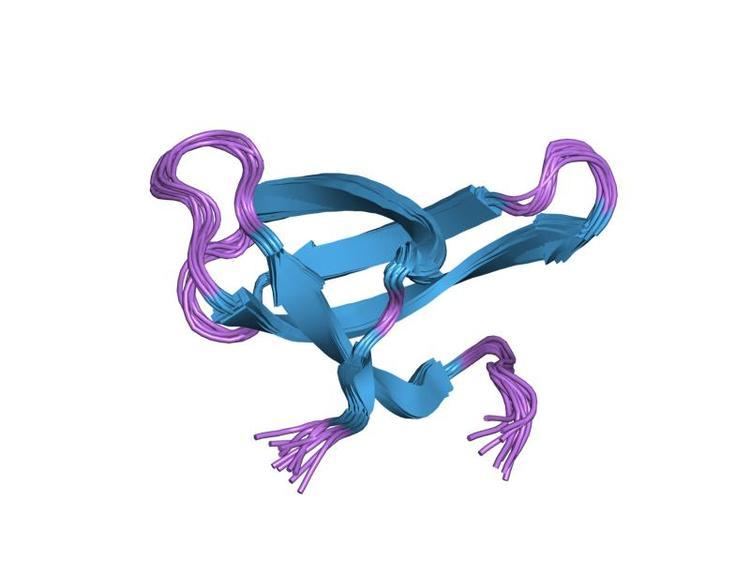Entrez 6607 | Ensembl n/a | |
 | ||
Aliases SMN2, BCD541, C-BCD541, GEMIN1, SMNC, TDRD16B, survival of motor neuron 2, centromeric External IDs MGI: 109257 HomoloGene: 292 GeneCards: SMN2 | ||
Survival of motor neuron 2, centromeric, also known as SMN2, is a protein which in humans is encoded by the SMN2 gene.
Contents
Gene
The SMN2 gene is part of a 500 kb inverted duplication on chromosome 5q13. This duplicated region contains at least four genes and repetitive elements which make it prone to rearrangements and deletions. The repetitiveness and complexity of the sequence have also caused difficulty in determining the organization of this genomic region. The telomeric (SMN1) and centromeric (SMN2) copies of this gene are nearly identical and encode the same protein. The critical sequence difference between the two genes is a single nucleotide in exon 7, which is thought to be an exon splice enhancer.
Note that the nine exons of both the telomeric and centromeric copies are designated historically as exon 1, 2a, 2b, and 3-8. It is thought that gene conversion events may involve the two genes, leading to varying copy numbers of each gene.
Clinical significance
While mutations in the telomeric copy are associated with spinal muscular atrophy, mutations in this gene, the centromeric copy, do not lead to disease. This gene may be a modifier of disease caused by mutation in the telomeric copy.
Function
The full-length SMN protein encoded by this gene, accounting for approximately 10-20% of its total transcripts, localizes to both the cytoplasm and the nucleus. Within the nucleus, the protein localizes to subnuclear bodies called gems which are found near coiled bodies containing high concentrations of small ribonucleoproteins (snRNPs). This protein forms heteromeric complexes with proteins such as SIP1 and GEMIN4, and also interacts with several proteins known to be involved in the biogenesis of snRNPs, such as hnRNP U protein and the small nucleolar RNA binding protein. Four transcript variants encoding distinct isoforms have been described.
